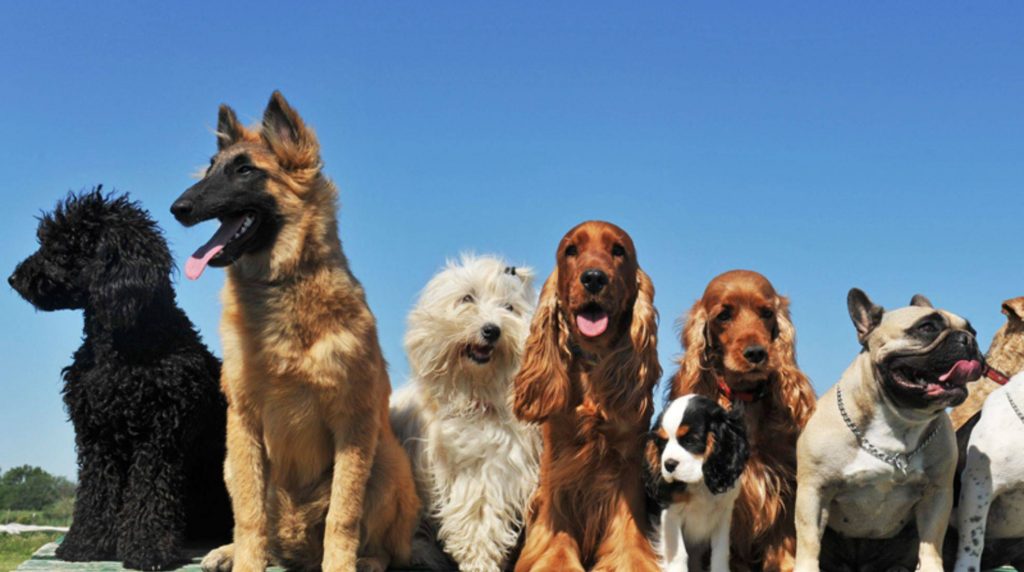The decision has been made: A dog should come to you in the house. You have thought about what you should consider before buying a dog, and all the requirements are met. But now comes the next challenge: choosing the right dog. The following tips will make finding an animal family member that is right for you easier.

It’s not that easy to choose the right dog for you. After all, the four-legged friend will accompany you for an average of 10 to 16 years. The living conditions should be correct, and the personalities of the animal and the owner should harmonize with each other. So give yourself plenty of time to do your research, and don’t be too hasty in your selection. The dog that suits you best is waiting for you with a reputable breeder, in an animal shelter or with private individuals.
- Mongrel or pedigree dog?
If you have a clear idea of what your dog should look like and its essential character traits, you are on the safe side with a pedigree dog from a good breeder. Although the animals are individuals with their personalities within the different dog breeds, characteristics such as temperament, human connection or hunting instinct can usually be recognized similarly in representatives of the same dog breed. If you only have limited space, it can also be helpful to choose small dog breeds.
Mixed breeds are always like piñata: they can contain typical characteristics of the crossed species. But only time will tell what they are. With mixed breeds, it is therefore not possible to estimate when they are puppies how big they will be later, whether they are relatively quiet or need a lot of action, and whether they are suitable as a family dog or not. If you have no dog experience, this can pose a risk. However, you can also adopt an adult mixed breed from the shelter. In this way, you not only do something good, but you can also assess what you are getting yourself into and whether the four-legged friend suits you. The same applies to so-called designer dogs. Two different breeds are deliberately mated with each other.
- Beginner or experienced dog owner?
As an experienced dog owner, you can choose whether you would rather have a stubborn dog that needs consistent training or an affable four-legged friend you want to please and is very willing to learn. However, it’s best to stick to calmer, less stubborn dog breeds at first as a beginner. Although they also need consistent and loving dog training, they make it a little easier for their master or mistress with their willingness. This quality is also known as the “will to please”.
- How much exercise does the dog need?
Another essential criterion for choosing the right dog is its urge to move. If you’re more of a non-sports person yourself, gentler dog breeds like the Pug are better suited than sporty breeds like the Jack Russell Terrier. For example, ask the dog breeds in the portrait what characteristics the different dogs have and their needs. Also, consider how much time you can spare for your dog each day. Some dog breeds are more independent and can keep themselves busy; others are very attached to their people and quickly feel lonely.
- Guard dog or family dog?
Not all dog breeds get along well with children, making them suitable family pets. It would help if you also considered this when making your selection. Conversely, a social dog bred in a household without children may feel lonely and unhappy. If the dog is to primarily guard the house or fulfil a specific task as a companion dog, dog breeds are more or less suitable for this.
- Which puppy fits?
At the breeder or animal shelter, every puppy is initially cute. So the choice is not easy. The employees in the animal shelter and good breeders usually already know their offspring very well and can advise you. It can also happen that there is suddenly a spark between you and a particular four-legged friend, and you intuitively know: This is the right one. If you buy a pedigree dog from a breeder, you can usually visit the litter a couple of times before adopting a tiny puppy. In this way, you can observe which dogs are the bullies and which are shyer when playing with their siblings, who are curious and which ones are a bit more reserved.








